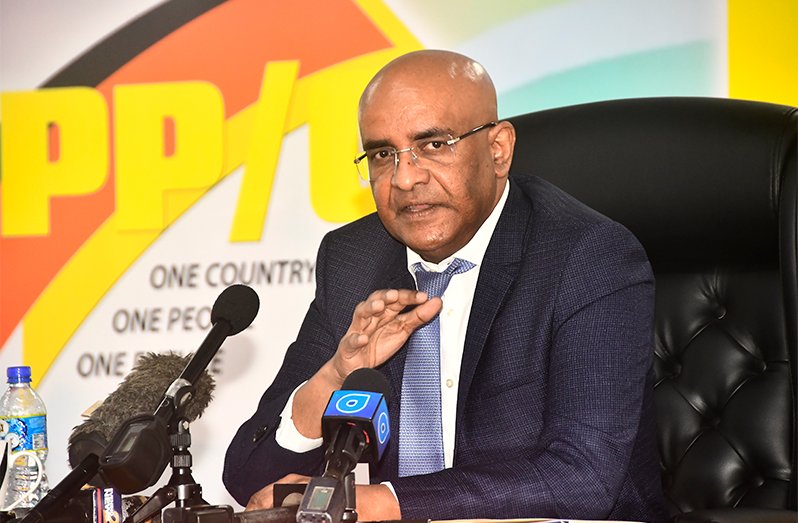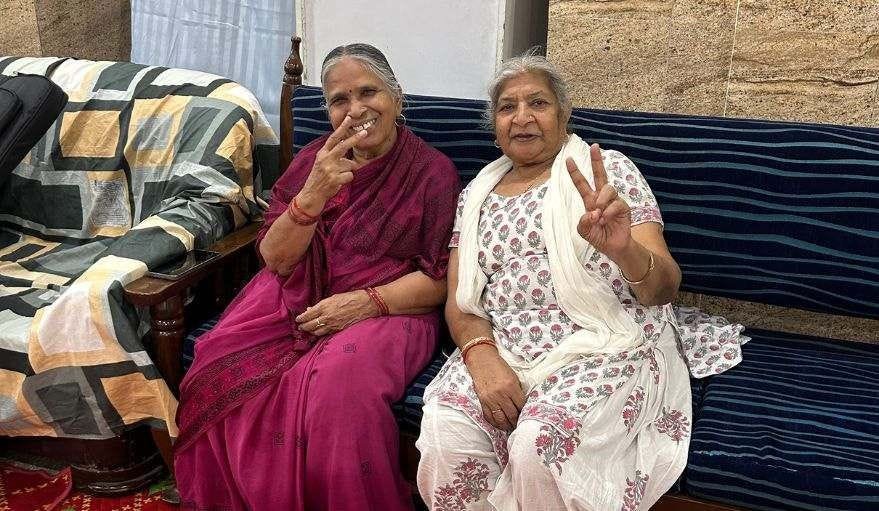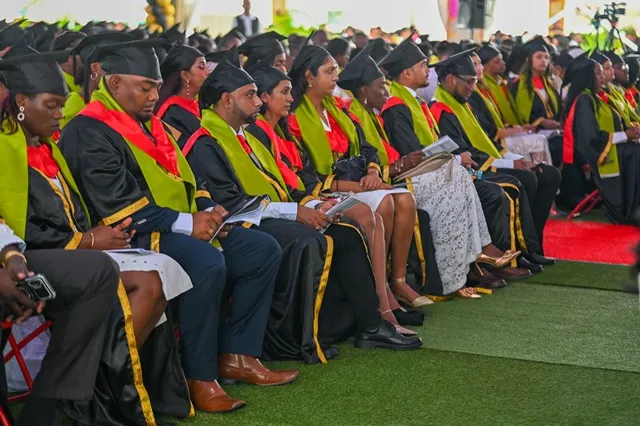GEORGETOWN – Guyana’s next general election is officially scheduled for September 1, 2025, setting the stage for a high-stakes contest that will determine the country’s leadership amid an oil-driven economic boom. President Dr. Irfaan Ali announced the election date during a flag-raising ceremony marking Guyana’s 59th Independence anniversary, noting that he will soon issue the formal proclamation to dissolve Parliament in preparation. Ali, who will be seeking a second term in office, leads the incumbent People’s Progressive Party/Civic (PPP/C) into the campaign touting rapid development gains since 2020 and a vision of “continued progress” for the nation. Across the political divide, the fragmented opposition faces a moment of reckoning: the main opposition parties – the People’s National Congress Reform (PNCR) and the Alliance For Change (AFC) – have yet to decide whether to reunite in a coalition, leaving questions about their strategy and leadership going into the polls.
Vice President Bharrat Jagdeo, the PPP’s General Secretary, welcomed the early announcement of Election Day, saying it gives voters clarity and the ruling party ample time to present its record. “Since returning to office in August 2020, our government hit the ground running and we have not looked back,” Jagdeo asserted in a statement shortly after the date was revealed. He pointed to the administration’s accomplishments – from unprecedented economic growth to massive investments in infrastructure, education and health – as evidence that the PPP/C has earned another term. Indeed, Guyana’s economic indicators are striking: GDP has surged at an average 47% annual rate from 2022-2024, the national budget tripled since 2021, and programs like tuition-free university education have been implemented. The government’s messaging frames the 2025 election as a choice between continuity of prosperity versus a return to stagnation. PPP campaign posters already plastering Georgetown highlight record housing distribution, new highways and bridges underway, and cash grants lifting household incomes. President Ali has been criss-crossing rural regions on his “One Guyana” outreach, often reminding crowds that “every Guyanese household has benefitted in some way” from his tenure.
On the opposition side, the landscape is unsettled. The PNCR and AFC, former partners in the last coalition government (2015-2020), are negotiating a possible alliance but have hit stumbling blocks over power-sharing and a presidential candidate. Insiders say the AFC – a smaller party – was dissatisfied with its treatment in the previous coalition and is wary of playing second fiddle again, while the PNCR under Aubrey Norton faces internal dissent and leadership questions. As of early June, no formal coalition deal had been inked, leading President Ali to question whether the opposition is “scrambling” to get its house in order. The uncertainty has cast doubt on whether the anti-PPP forces will present a united front. In fact, a recent twist saw the PNCR sign an agreement with the Working People’s Alliance (WPA) – a small party – potentially leaving the AFC out in the cold. The opposition’s turmoil was exacerbated by high-profile defections: several former APNU+AFC officials, including ex-Minister Sydney Allicock and youth leader Thandi McAllister, have publicly endorsed President Ali, citing disillusionment with their former camp’s direction. Such endorsements lend weight to the PPP’s narrative that it is attracting broad support across ethnic and regional lines, even as opposition leaders dismiss them as isolated cases.
Key electoral issues are already coming into focus. One perennial flashpoint is the voter list – the opposition has argued the registry is bloated with names of deceased and emigrated persons, raising fears of fraud. Norton’s PNCR continues to demand a “cleansed” list and even biometric voter verification, though Guyana’s Elections Commission (GECOM) has ruled out major changes, calling those proposals unconstitutional this late in the game. The PPP and election officials insist that existing safeguards (like biometric folios and voter ID requirements) are sufficient to prevent impersonation. Meanwhile, international partners are stepping in to bolster transparency: the European Union this week signed an agreement with Guyana to deploy an observer mission for the elections, responding to the government’s invitation. The EU had also monitored the tumultuous 2020 vote and is expected to have teams fanned out across the regions come polling day. Additionally, the Carter Center and Organization of American States have indicated interest in observing, underscoring the election’s significance to the global community.
As official campaigning kicks off, Guyanese voters can expect spirited rallies, manifestos brimming with promises, and likely a fair dose of mudslinging in the coming weeks. The PPP/C will campaign on its development record and plans to use oil revenues to modernize Guyana into a regional powerhouse. The opposition, whether united or not, is poised to attack perceived governance shortcomings – from transparency concerns in oil contracts to rising cost of living issues – and to appeal to voters for a check on one-party dominance. Notably, local government elections held in 2023 gave a preview of the momentum: the PPP/C scored landslide wins, even securing 291 local constituencies uncontested due to opposition no-shows. Whether that trend holds at the national level remains to be seen. For now, Guyana is bracing for a consequential election that will chart the next phase of its unfolding oil-era story. The date is set, the players are gearing up – and the nation’s future hangs in the balance, peacefully to be decided at the ballot box once more.




